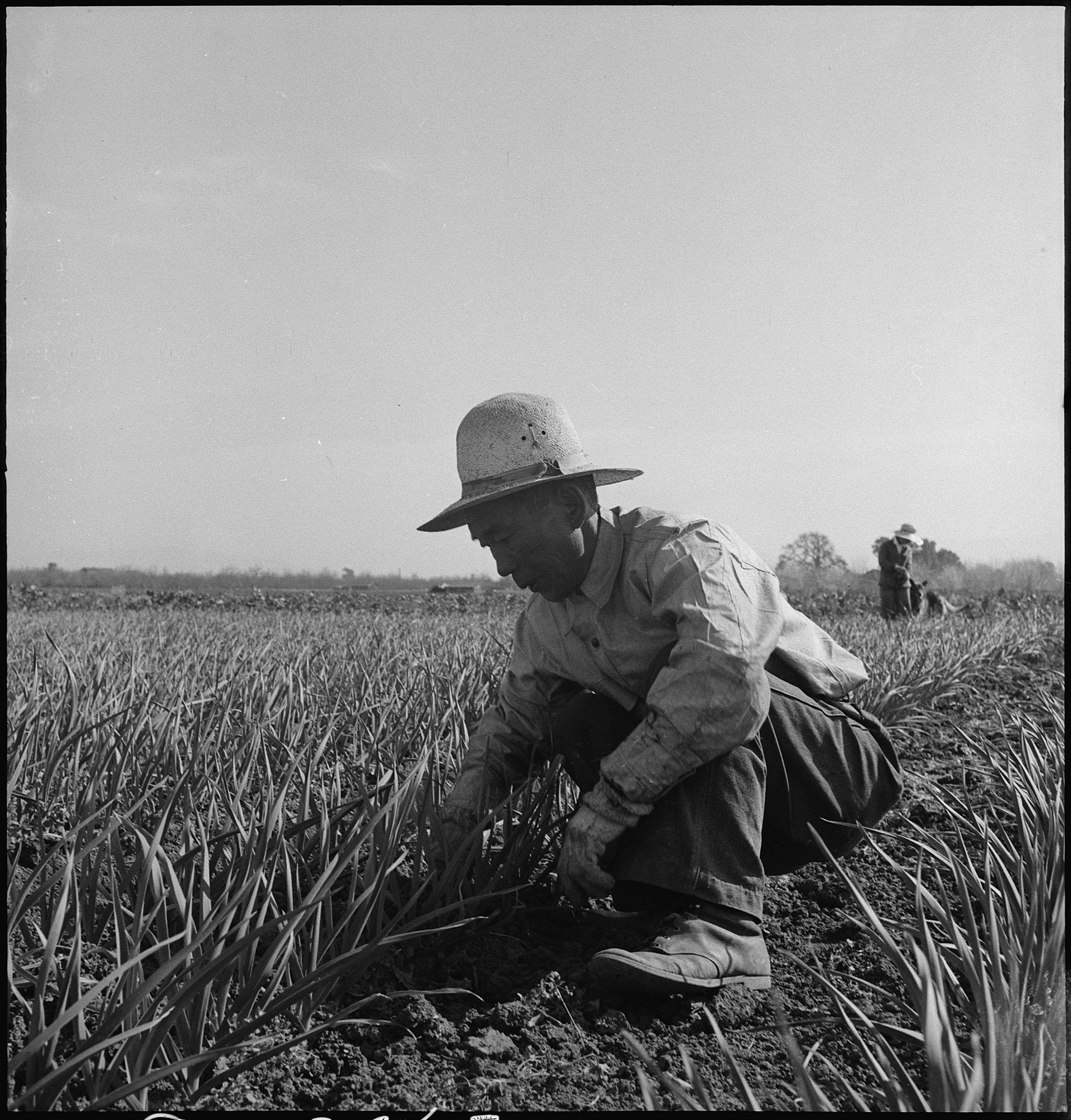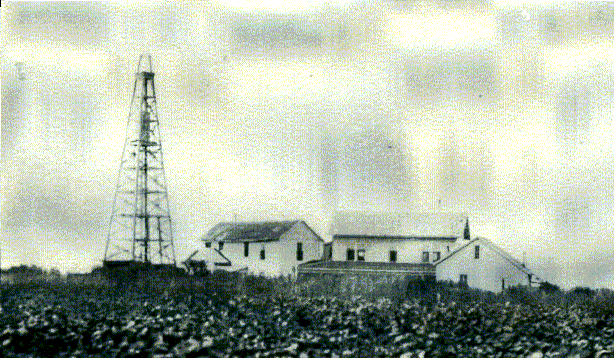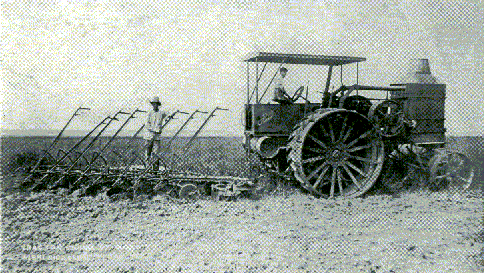
The Meiji Restoration which occurred in 1868, brought upon a wave of industrialization and urbanization across Japan. These rapid changes transformed Japan’s social structure and many of those who were farmers or had other jobs in agriculture were left struggling with plummeting wages. Many were forced to leave their land to find something which could bring stable income to their families. A large amount of these workers became enticed by word of the United States’ rapid economic growth and promises of freedom and boundless opportunity and thus decided to migrate to the US in search of a way to support families back in Japan or begin anew. The majority of Japan’s immigrants to the US came to the West Coast where they became the much-needed laborers in agricultural and farming areas left behind by Chinese immigrants after the Chinese Exclusion Act of 1882. Fast forward to the early 20th century, after seeing the success and opportunities of agriculture in the US, many Japanese who had desires of owning land and building their own farms became interested in pursuing agriculture in Texas.

The Japanese immigration to Texas resulted in agricultural communities which centered around farming colonies. These colonies consisted of farmland and the set of workers who helped maintain it: many who were Japanese immigrants. One of the first of these colonies was the Saibara Farm which was established by Seito Saibara in Webster, Texas with the purpose of cultivating Rice seed brought from Japan. The Saibara Farm became renowned for its success in great crop yield and distribution and the Saibaras are credited with building the multi-million-dollar Texas Rice Industry. The biggest of these colonies was the Kishi Colony established by Kichimatsu Kishi in 1907 in Terry, Texas. Like many of the other Japanese farming colonies that were established around this time, Kishi came to fill the agricultural niche of rice farming bringing better seed and refined farming techniques. However, faced with irrigation problems, the Kishi colony were later forced to diversify its crops by cultivating fruits and vegetables such as potatoes, spinach, onion, cucumbers, tomatoes, strawberries, and others. These Japanese farming colonies in Texas together laid a foundation of Texas’s produce in the 20th century.
Other notable pioneer Japanese farmers in Texas include, but are not limited to the Onishi family who successfully farmed 300 acres of rice, the Kagawa Family who were given land to farm rice by the Onishis, the Kobayashi Family who started off farming Satsuma oranges and ended up growing a variety of vegetables and fruits, and the Tanamachi and Oyama families who established successful farms in the Rio Grande Valley.

Modern technology played a crucial part in the success of the various Japanese farming colonies. At the beginning of the Kishi colony, much of the plowing was done by teams of laborers. But very soon, the Kishi colony and other Japanese farms adopted truck farming, and began using a variety of steam-powered tractors and other machines to improve the efficiency of their cultivation.
Image Reference
Lange, Dorothea. U.S. National Archives and Records Administration, Public Domain, https://commons.wikimedia.org/w/index.php?curid=17247528
